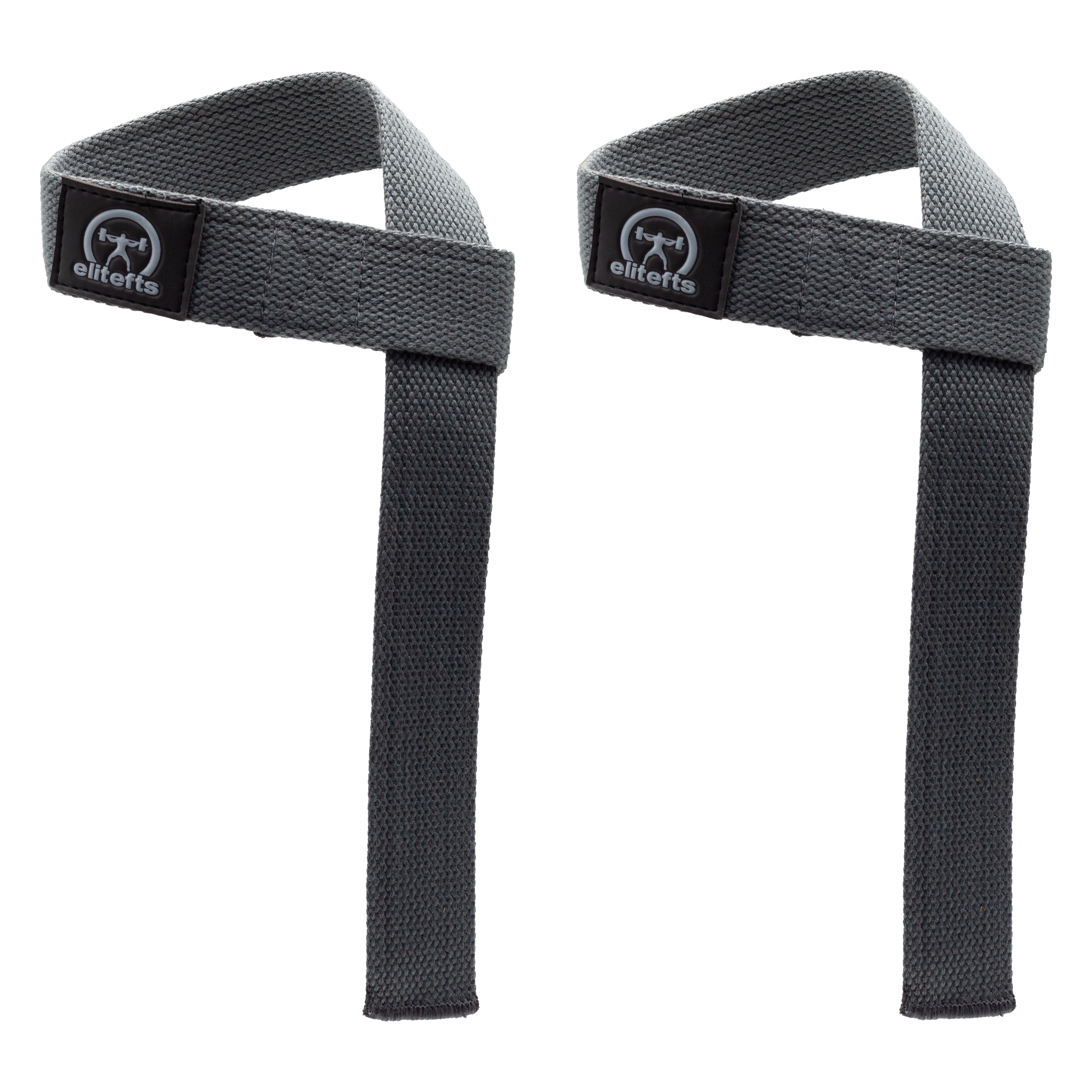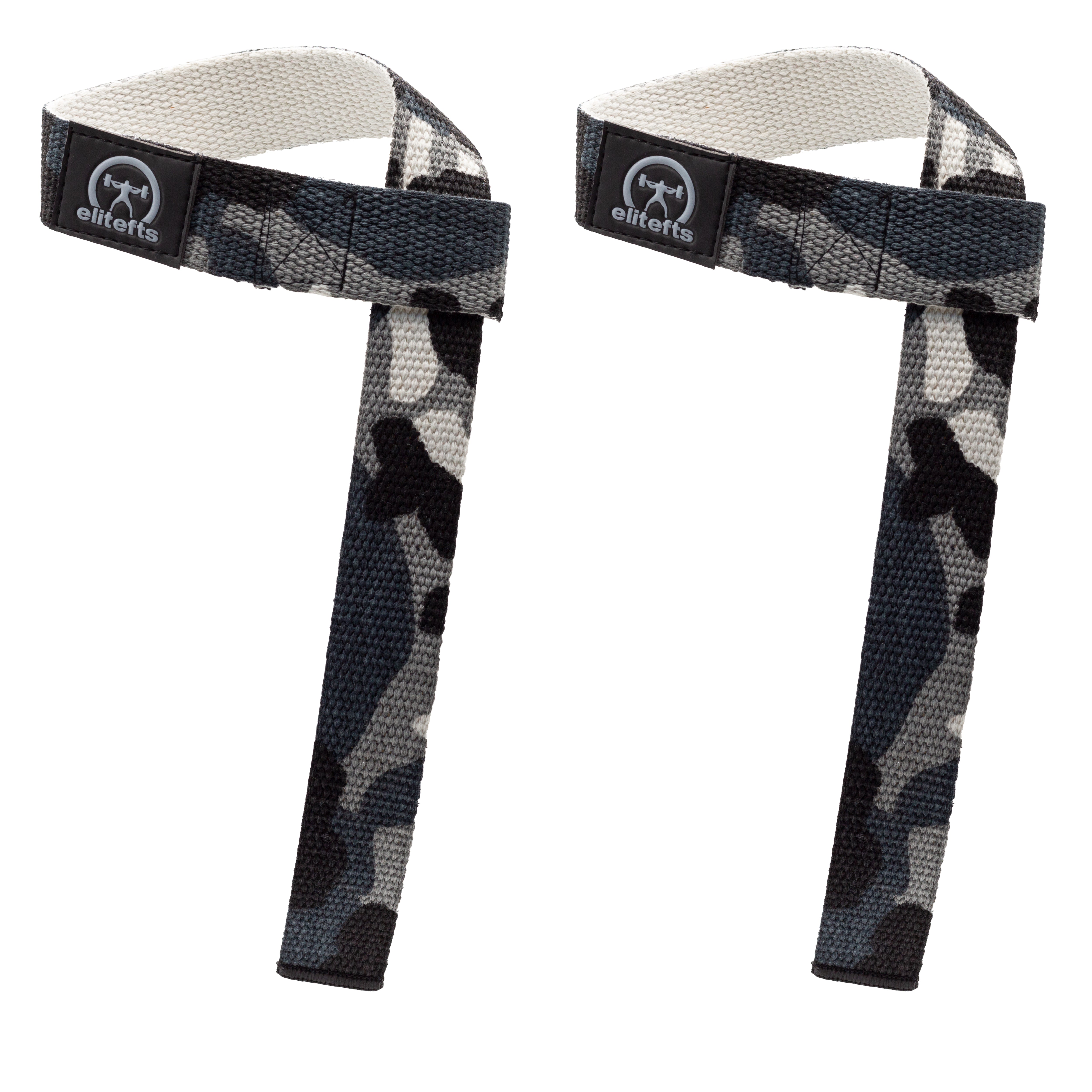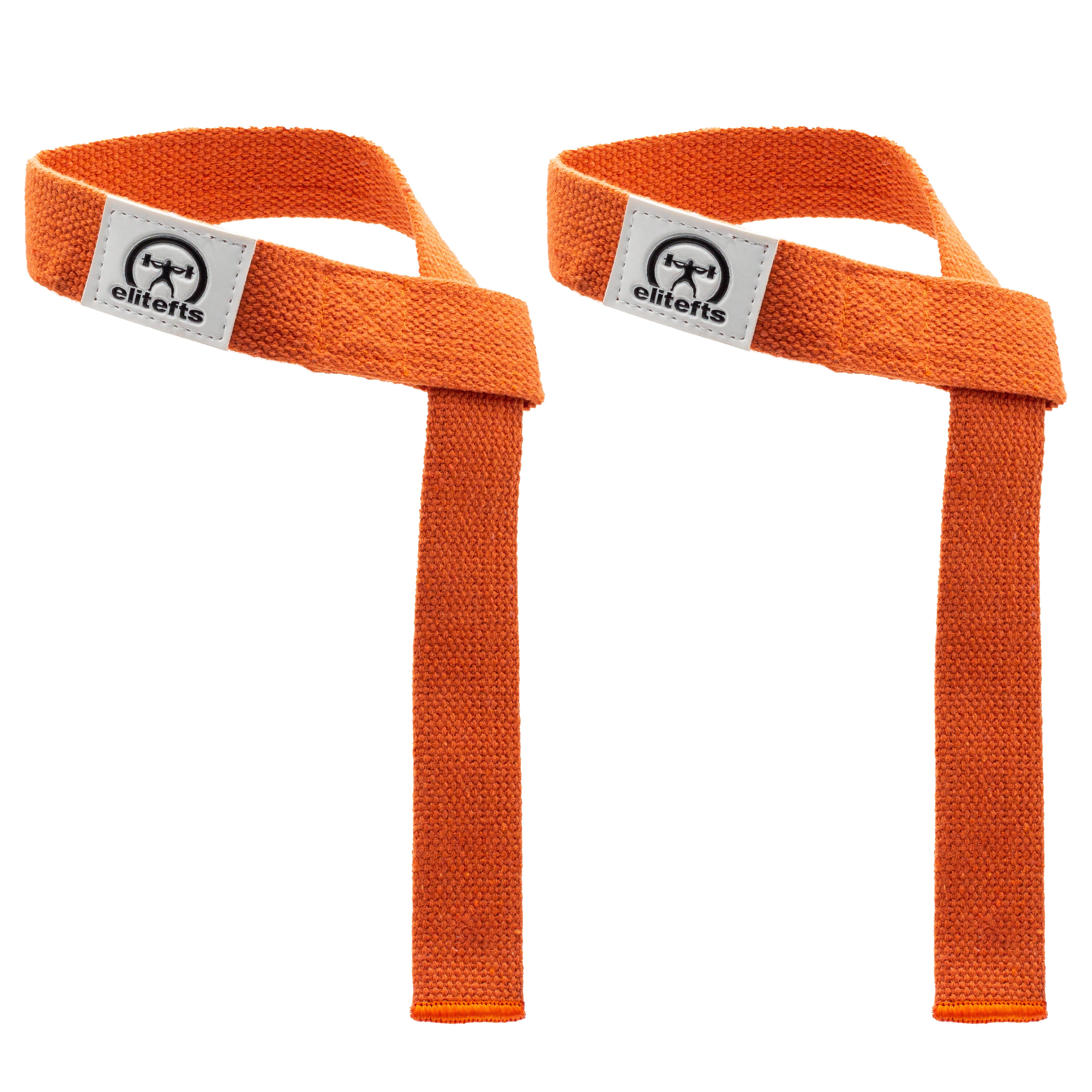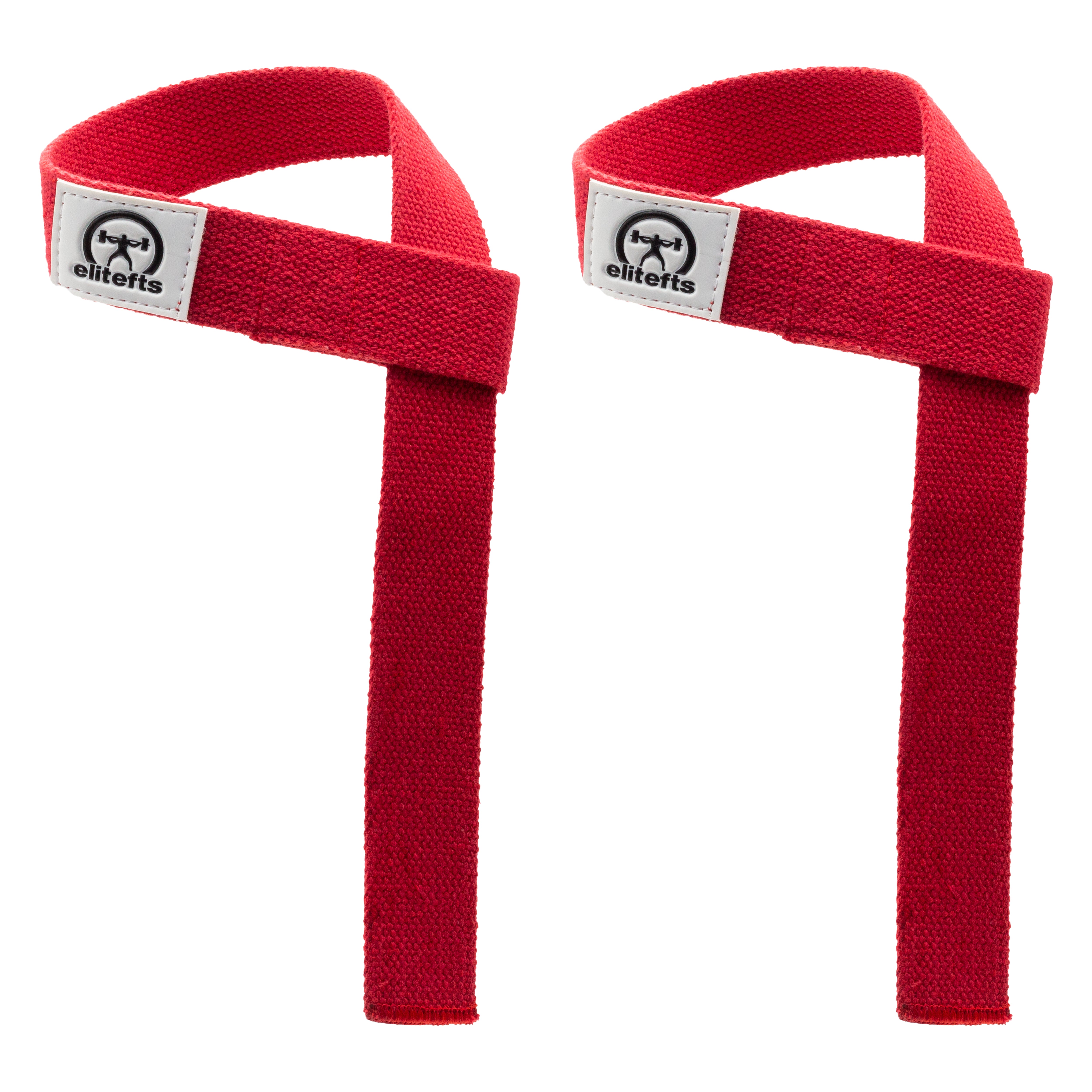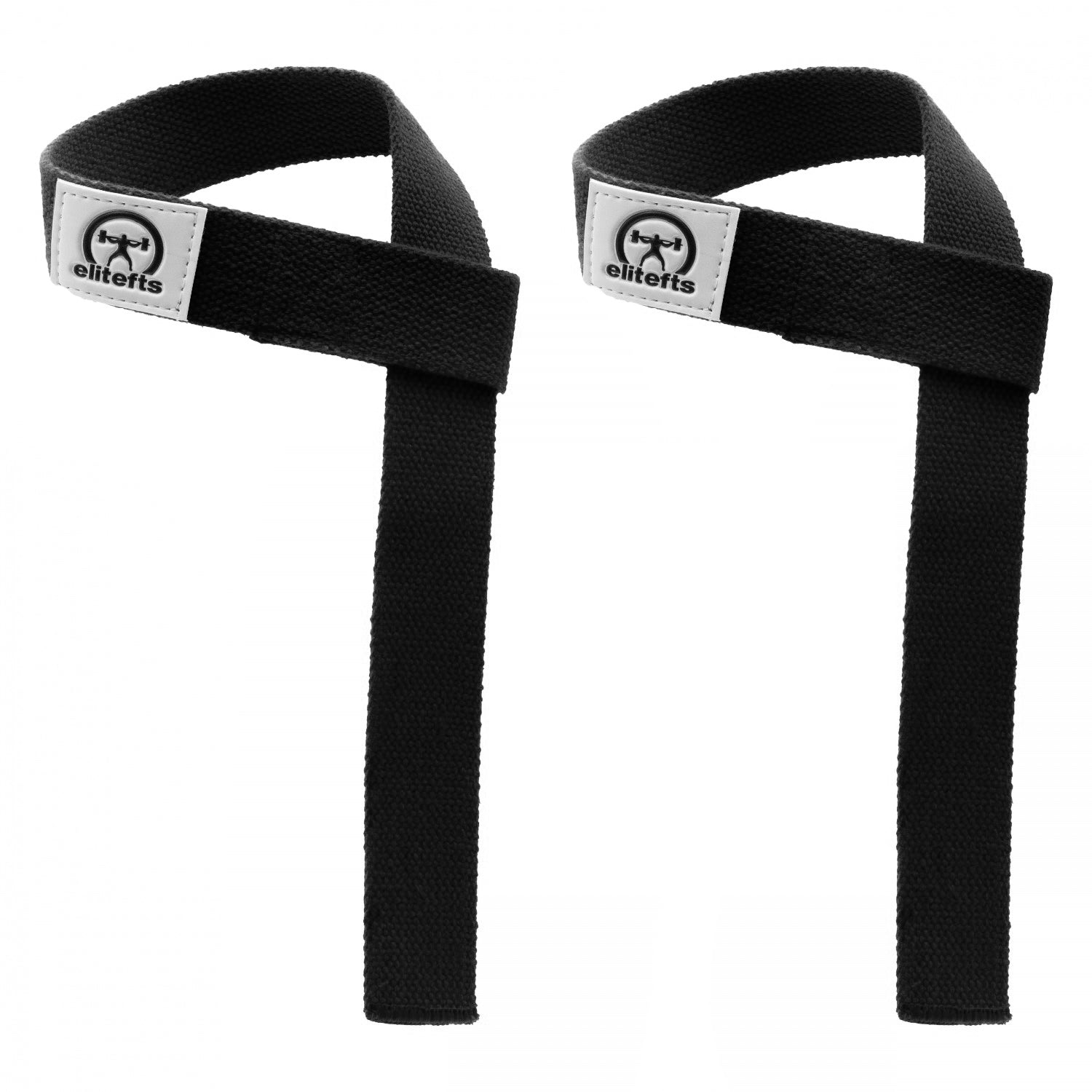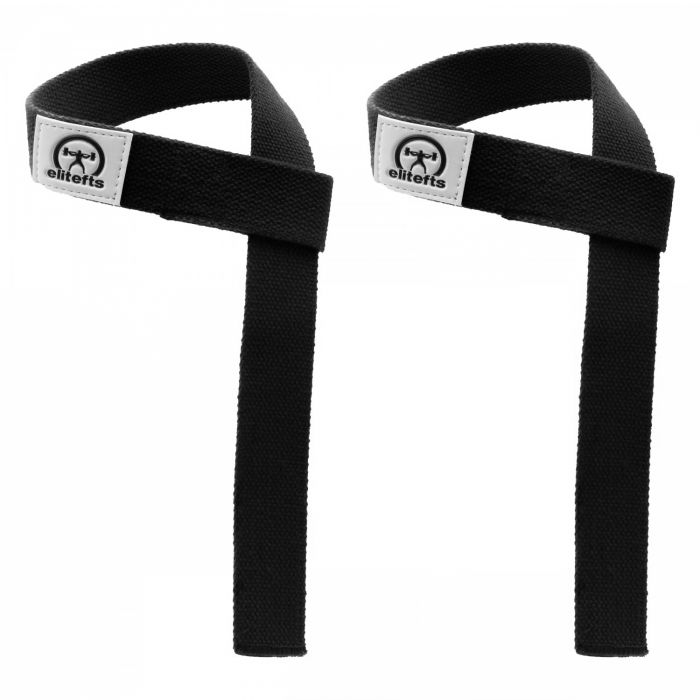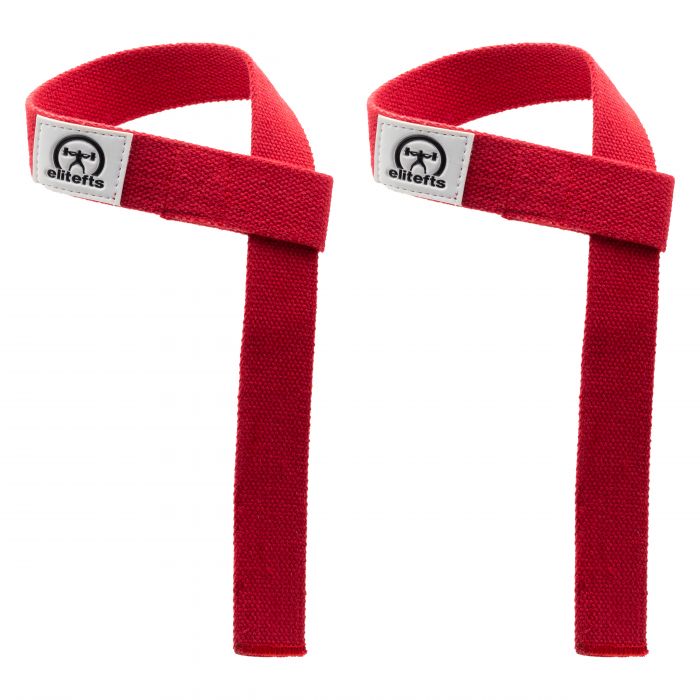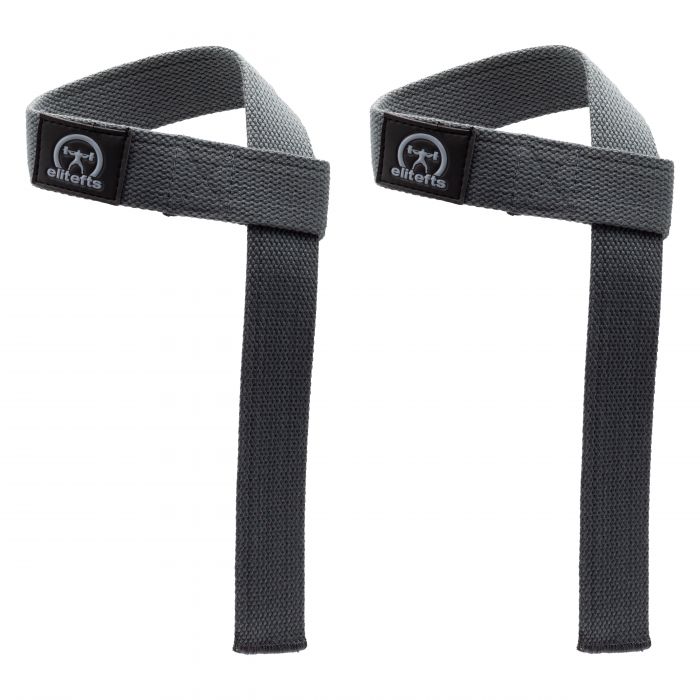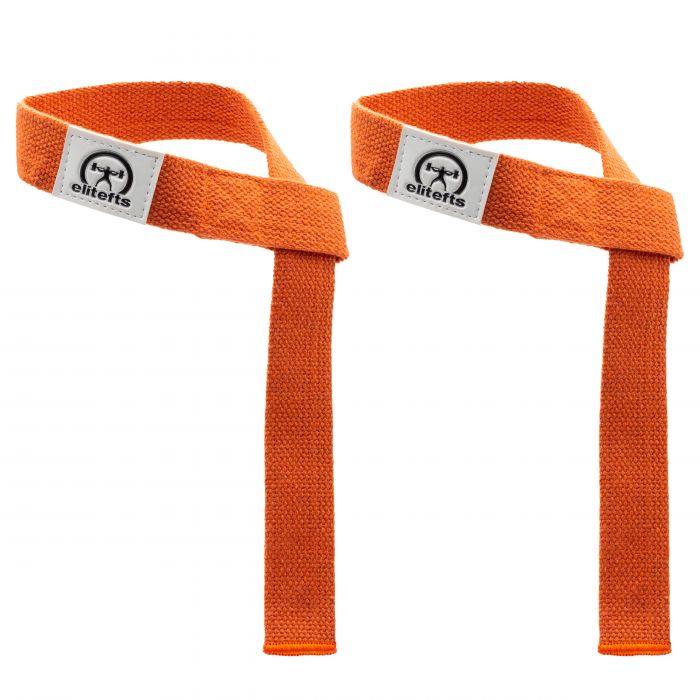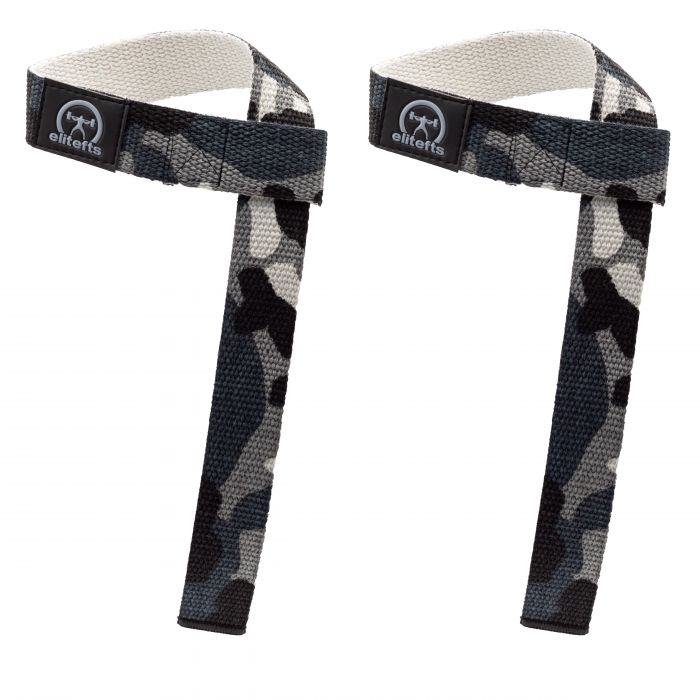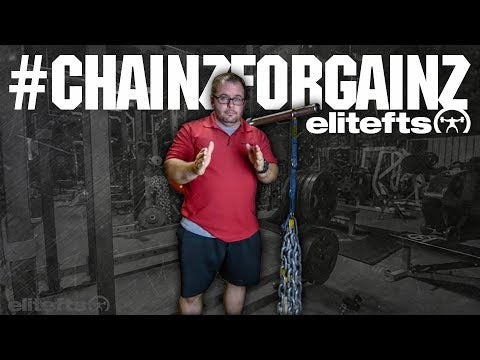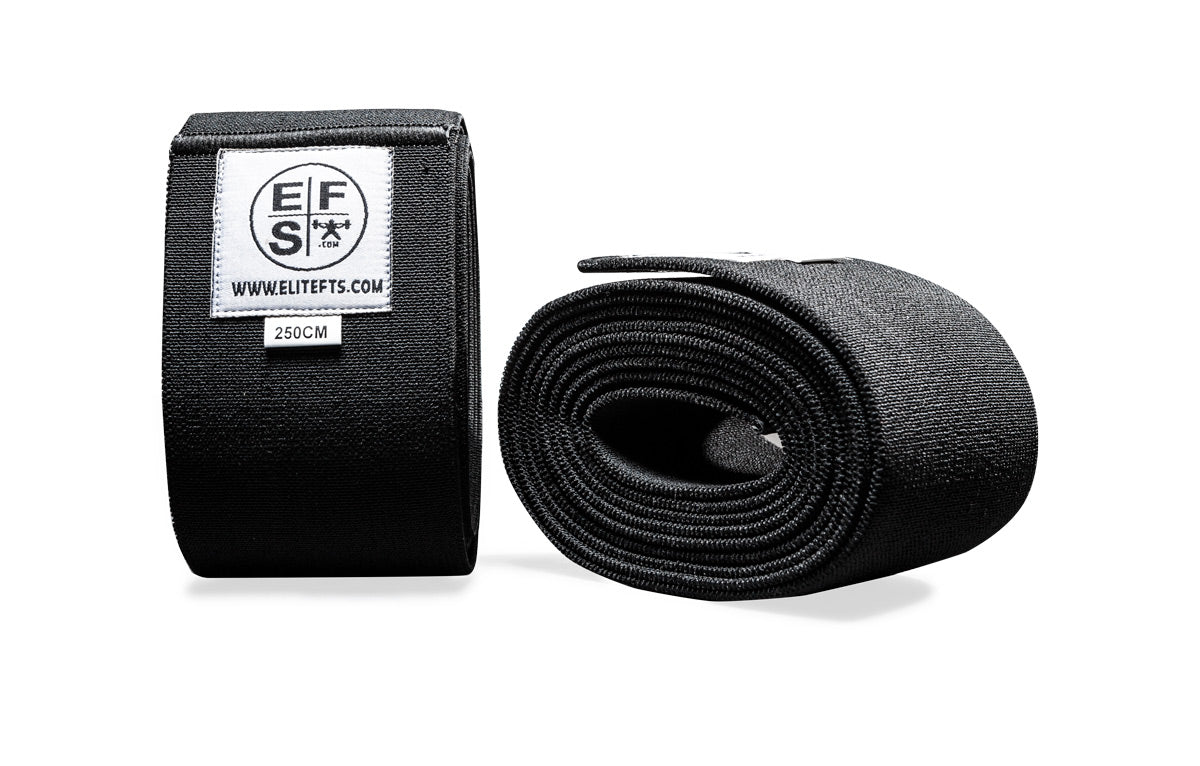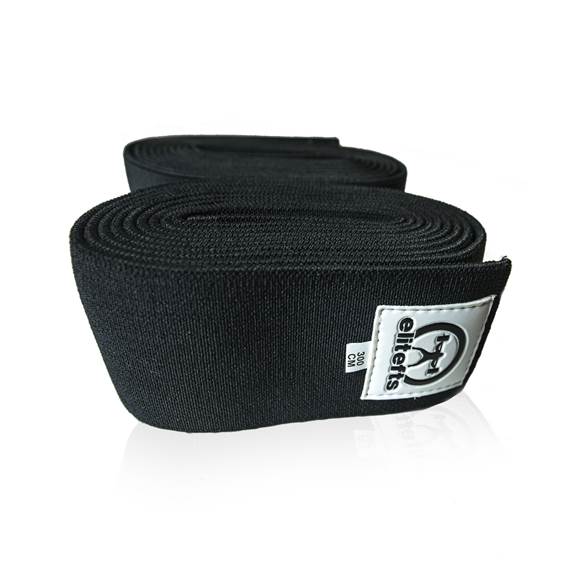What if I told you that you could put on a pair of briefs as a raw lifter, and it wouldn’t sap every ounce of your raw strength? What if I went even further and told you that you could utilize supportive gear to keep you healthy and actually improve your raw strength?
This second installment of Gear for Raw Lifters covers the use of supportive equipment in the raw lifter’s training arsenal. We discussed in the first article of the series how training sans belt and wraps can help eliminate weaknesses and improve base strength. Now we will discuss how wisely implementing supportive equipment can make a difference in your success as a raw lifter.
Strength Training Stereotypes
My first several years of competitive powerlifting I only competed raw without knee wraps. My only exposure to powerlifting gear was seeing some bad examples of lifters who squatted high, had no rhyme or reason to programming, and had little to no raw strength base. Because of these experiences, I had a very poor impression of what powerlifting gear was. It wasn’t until I began training with some experienced equipped lifters that I saw what training correctly with gear really meant. I saw that they actually did a good measure of raw training and implemented gear strategically; they used various rep ranges, hitting depth, and making steady strength progress.Without plans of competing in equipped competitions, I began using an old pair of Metal Pro briefs on my max effort squat day. I used these in a moderate stance, and did reps to depth as I slowly got accustomed to the gear. I still focused on raw supplemental and assistance work, and didn’t make any huge changes to my training. After a few months of this, I decided to work up in the squat for some raw reps. I expected my raw strength to be lower, but after warming up I was able to hit a new 5RM on squat with dramatically more weight than ever before. Over the next few weeks, to my surprise I saw that my raw strength had actually improved after utilizing briefs in training.
This experience got my wheels turning and I stopped viewing gear as a crutch, and instead viewed it as a tool that could be used to get stronger.
Systematic Squat Support
The squat was the movement that I saw the most potential for use of supportive equipment for myself. This was partially due to recurring hip injuries that kept me from squatting wide, and also the ability to overload the movement without dramatically changing technique (in comparison to a bench shirt). In my case, using a pair ofpro briefs that were a few years old worked perfectly. They provided support without being too stiff to hit depth or completely change my squat mechanics. A pair of pro briefs or a
single-ply Metal King suit with the straps down are both good options for support without dramatically changing or limiting movement.
When implementing gear for squatting as a raw lifter, there are a couple guidelines I think are important to stick to if your goal is primarily raw strength:
- Don’t dramatically change your squat stance or technique.
- Hit Depth.
- Do Reps.
- Still incorporate raw variations of your squat in training.

One big thing that I’ve seen in training with gear is that there is definitely a right way and a wrong way to implement it. If your goal is raw strength, you need to program and train accordingly. Only using a super-wide stance, squatting six inches high and ditching all assistance work is NOT going to help you with raw strength.
Building a Better Bench
For raw bench training, use of abench shirt isn’t practical for most lifters for multiple reasons, one being the learning curve associated with it. There are, however, multiple supportive devices that can be used to overload the bench press. The two most popular are the
Metal Catapult and the
Slingshot. These can be beneficial to the raw lifter, but only when utilized properly.
There are multiple ways to incorporate these into your raw bench training. Two of the most popular are to either A) overload the bench press by using more weight, or B) perform more repetitions with the same amount of weight. There is a time and place for both, depending on your programming. Just as with squat training, you don’t want to stray too far from your competition bench press for too long. Luckily the Catapult and Slingshot prevent you from overloading too much (as might happen if you used too much reverse band tension). There are just a few guidelines I would recommend when using these tools in training:
- Use your normal raw bench grip
- Incorporate pauses often
- Do reps.

It may be tempting to work up to quick singles on a regular basis, but don’t let this semi-equipped bench turn into an ego movement because you can put more weight on the bar. Overloading with singles is perfectly fine in moderation, but volume and extra reps in your raw competition style will provide more carryover to your raw bench press in the long run.
Sample 4-Week Semi-Equipped Training Rotation
There are countless ways to incorporate supportive gear into your raw training, and they will vary based on your personal strengths, weaknesses, and goals. Below is a sample 4-week training rotation to get you thinking about different possibilities in regards to your training. Notice the use of varying rep ranges and inclusion of raw work. If this was extended into a complete 12-16 week program reps and exercises would be adjusted with every new four weeks, but this is a good example to give you some ideas for rotating gear into your own training.Week 1
Max Effort Squat DaySquat (raw) — Work up to max triple
Close Stance Yoke Bar Pause Squats — 3 sets of 5 reps
Glute Ham Raises — 3 sets of as many reps as possible (keep track of numbers)
Hanging Leg Raises — 4 sets of 10
Max Effort Bench Day
Bench (raw) — Work up to max triple (paused)
Floor Press — 3 sets of 8 reps
Cable Rows — 4 sets of 10
Rolling Dumbbell Extensions — 3 sets of 12
Week 2
Max Effort Squat DaySquat (briefs) — Work up to max single
Close Stance Squats (regular bar, raw) — 3 sets of 8 reps
Glute Ham Raises — 3 sets with same rep numbers as last week, then 4th set of AMRAP.
Weighted Pull Down Abs w/ Spud Strap — 4 sets of 10
Max Effort Bench Day
Bench (w/ Catapult) — Work up to max single
Overhead Press — 3 sets of 8 reps
Cable Rows — 4 sets of 10
JM Presses — 3 sets of 12
Week 3
Max Effort Squat DaySquat (raw) w/ accommodating resistance (bands/chains) — Work up to 5RM
Close Stance Leg Press —4 sets of 8 reps
RDLs — 3 sets of 10 reps
Weighted Pull Down Abs w/ Spud Strap — 4 sets of 10
Max Effort Bench Day
Bench (raw) w/ accommodating resistance — Work up to 5RM
Floor Press — 3 sets of 8 reps
Cable Rows — 4 sets of 10
Rolling Dumbbell Extensions — 3 sets of 12
Week 4
Max Effort Squat DaySquat (briefs) — Work up to 3RM
Close Stance Yoke Bar Squats (raw) — 3 sets of 8 reps
RDLs — 3 sets of 10 reps
Hanging Leg Raises — 4 sets of 10
Max Effort Bench Day
Bench (w/ Catapult) — Work up to 3RM (paused)
Floor Press — 3 sets of 8 reps
Cable Rows — 4 sets of 10
Rolling Dumbbell Extensions — 3 sets of 12
Also remember that closer to a competition you would want to work your raw competition squat into your training more frequently. These concepts can be tweaked to suit a set percentage-based program like 5/3/1 or max effort days in a conjugate system.



























































